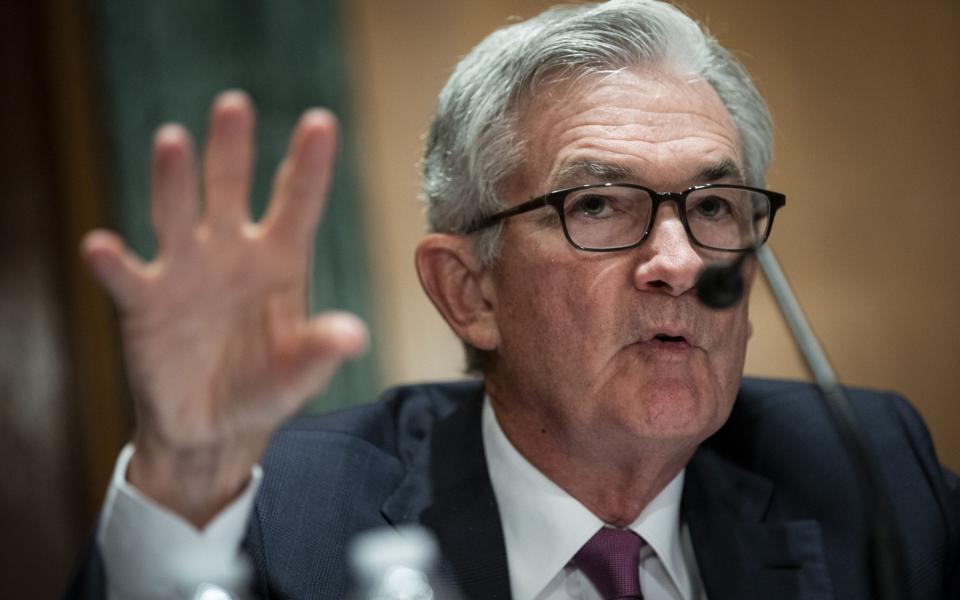Federal Reserve signals start of tapering and three rate rises in 2023

The Federal Reserve has indicated it will soon begin tapering back its bond-buying efforts, signalling the beginning of the end for a period of massive monetary support designed to shield the US economy from the pandemic.
The central bank’s Federal Open Market Committee said “ a moderation in the pace of asset purchases may soon be warranted” if progress towards its target levels of inflation and employment continues.
Fed chairman Jerome Powell said bond purchases could begin being scaled back “as soon as the next meeting”, which will take place in November, and indicated the process could be completed by midway through 2022.
In new quarterly projections released alongside its statement, the Fed revealed its members were split over how soon to start raising rates - the other pillar of its easing strategy.
The committee is divided exactly, with nine of its 18 members believing it would be appropriate to increase the base rate as soon as next year.
It marks a shift over the summer: in June, projections had indicated a hike appeared unlikely until 2023, with only seven members supporting a rise in 2022.
The members now indicate they would support at least three increases in 2023.
The announcement marks a further slow step towards tapering, a process the Fed has undertaken slowly amid concerns about the impact of the delta variant and disruptions to global supply chains. Fears of contagion from the Evergrande crisis in China have added to nerves in recent days.
Paul Ashworth at Capital Economics said the Fed gave a "heavy hint that the QE taper will be formally announced in November".
The S&P 500 was up 1.2pc shortly after the decision, building slightly on gains earlier in the session.
Policymakers’ caution has been entrenched further by a severe slowdown in the US jobs recovery, including a disappointing August report that showed just 235,000 roles were added, compared with expectations of a 725,000 gain.
Unemployment dropped to 5.2pc during the month, but is still markedly higher than its pre-pandemic level of 3.5pc.
In its latest set of economic forecasts, released alongside Wednesday’s announcement, the Fed cut its forecast for US growth this year to 5.9pc, from 7pc at its June meeting.
The stakes are high for stock markets, which have been boosted by a period of record-low rates that have driven yield-seeking investors into equities.
Jerome Powell’s term as Federal chair ends in February and Joe Biden is expected to decide imminently whether to keep him in post for a further four years.
